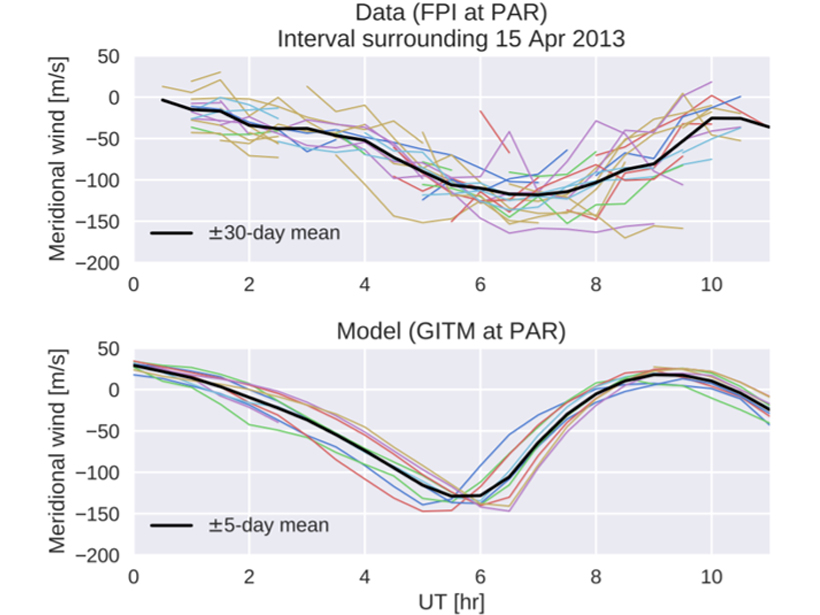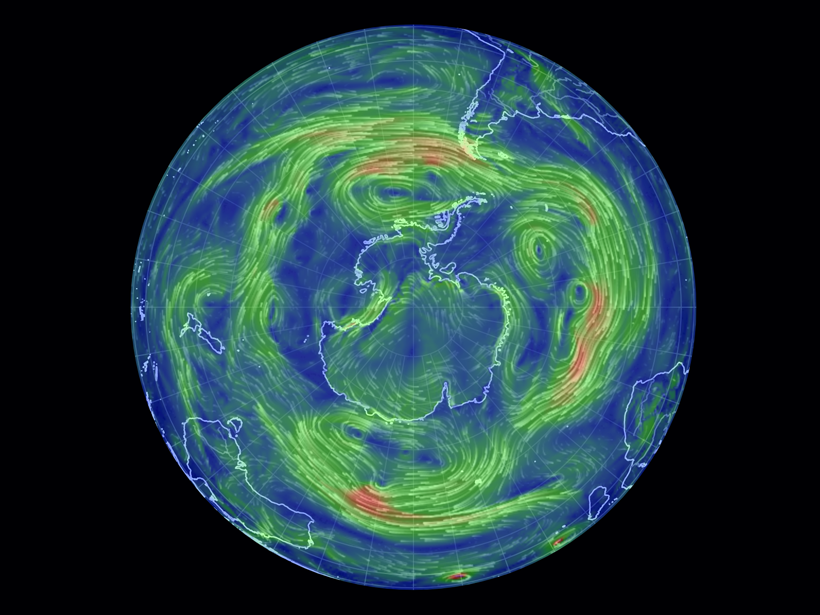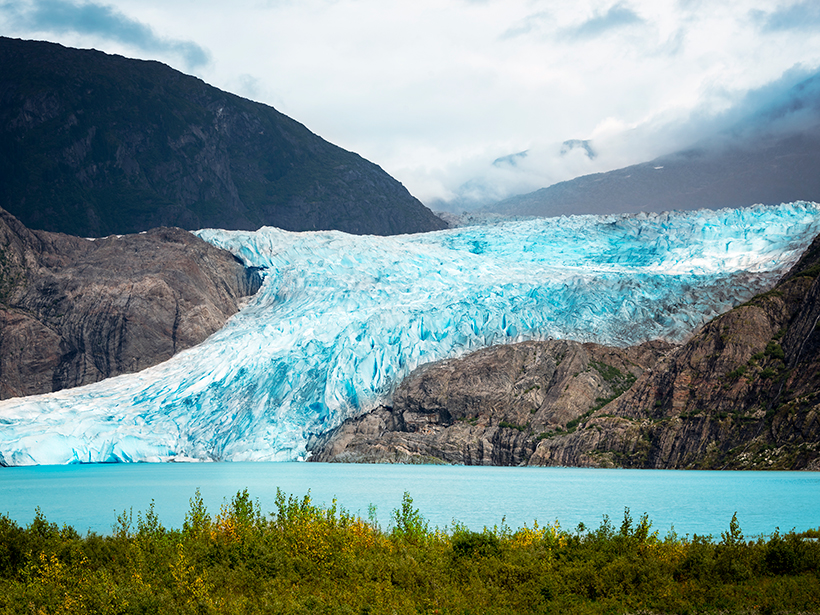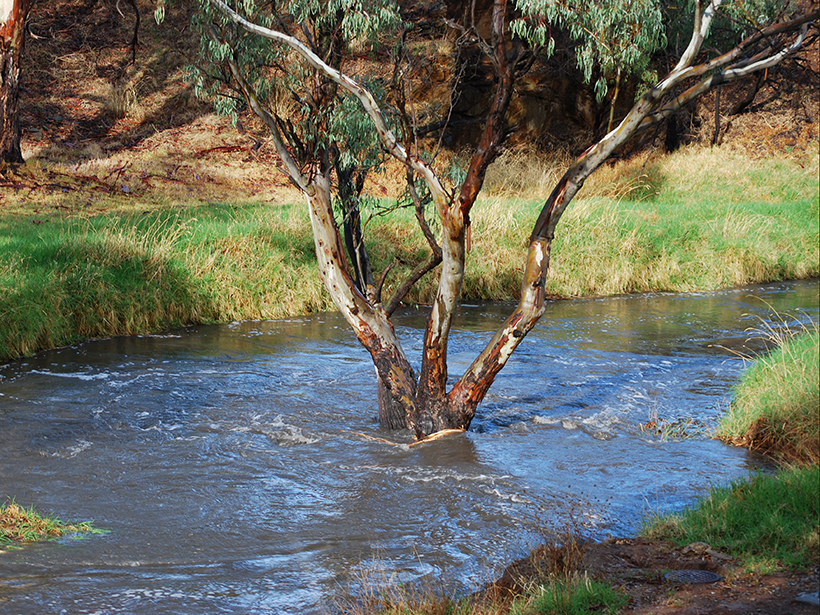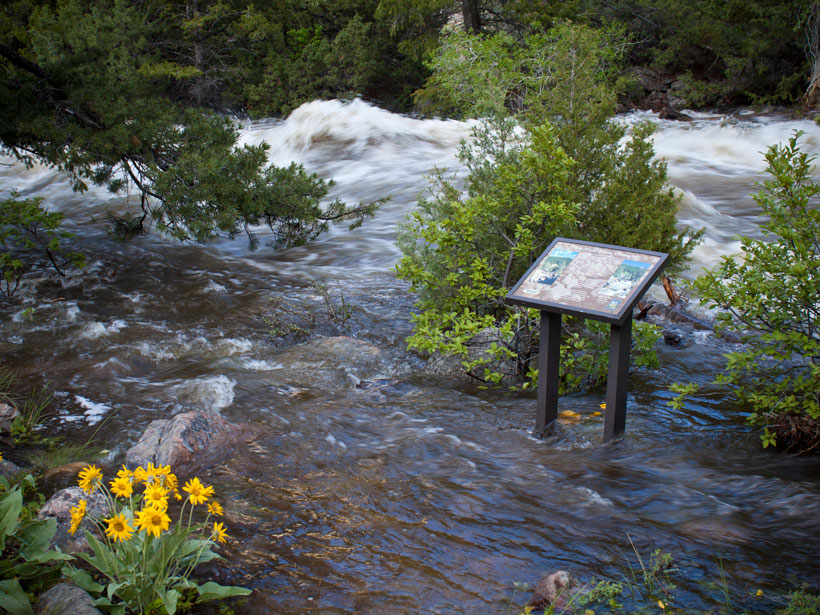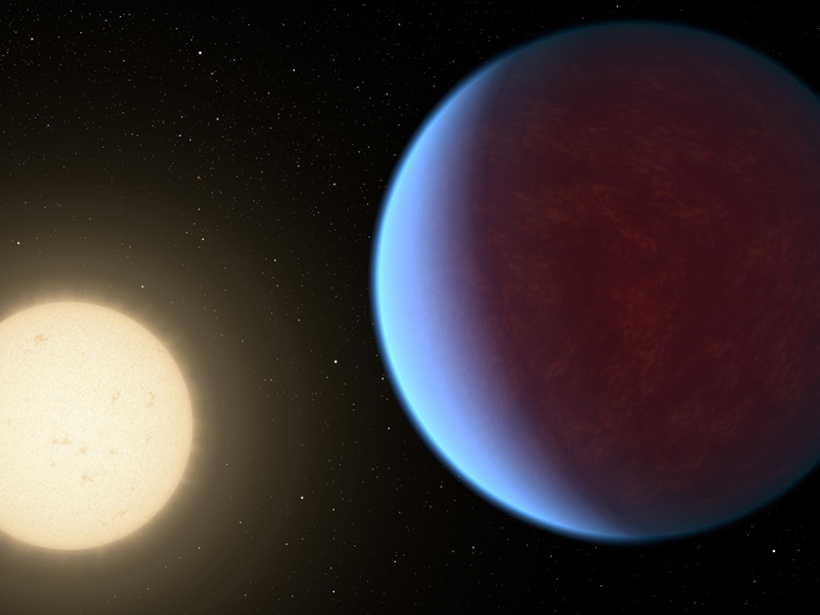The weather in the thermosphere includes winds that buffet spacecraft as they orbit the Earth, but how well can these winds be modeled?
Modeling
Estimating the Likelihood of Future Temperature Extremes
A prototype model allows scientists to investigate how wind eddies and other atmospheric phenomena may affect the prevalence of heat waves and cold snaps in the Southern Hemisphere.
Glacial Census Reveals Ice Thicknesses Around the World
Researchers modeled over 200,000 glaciers and found that mountainous regions in Asia contain significantly less glacial ice than previously estimated.
Balancing Robustness and Cost in Hydrological Model Optimization
A new study presents a framework for finding the best optimization algorithm.
How Will Melting Glaciers Affect Streamflow?
High-resolution modeling of summertime streamflow in the Pacific Northwest reveals the effects of glacial retreat on streamflow will vary by elevation.
Capturing the Dynamism of Plant Roots in Models
Simulating the dynamic nature of plant root profiles in Earth system models improves the representation of the carbon and water cycles.
Climate Modeling Pioneer Leads as Role Model Too
For 60 years atmospheric scientist Warren M. Washington has conducted groundbreaking climate modeling—and launched brilliant careers.
The Unpredictability of Floods, Erosion, and Channel Migration
A new algorithm incorporates randomness into stream channel formation and suggests the approach represents regions with variable flood magnitudes better than standard models.
Modeling the Climates of Worlds Beyond Earth
Scientists are applying climate models to distant planets to determine their habitability.
Climate Change and Sea Level Rise in the Mediterranean
1st National Workshop on Climate Change and Sea Level Rise in the Mediterranean; Rome, Italy, 5–6 July 2018

